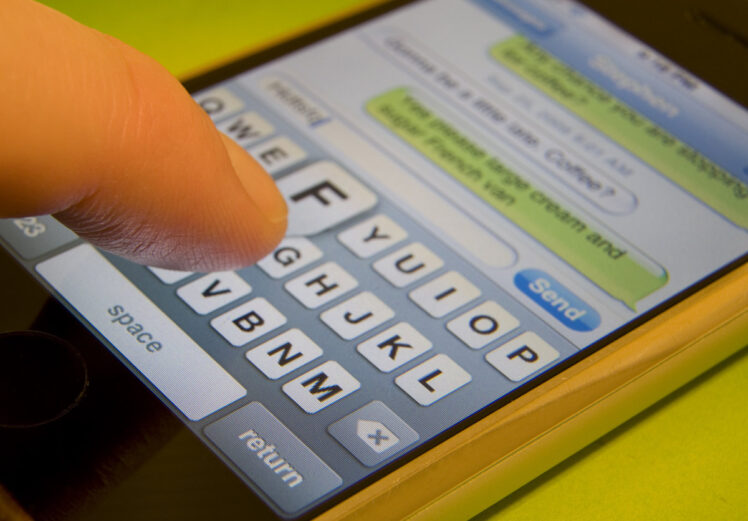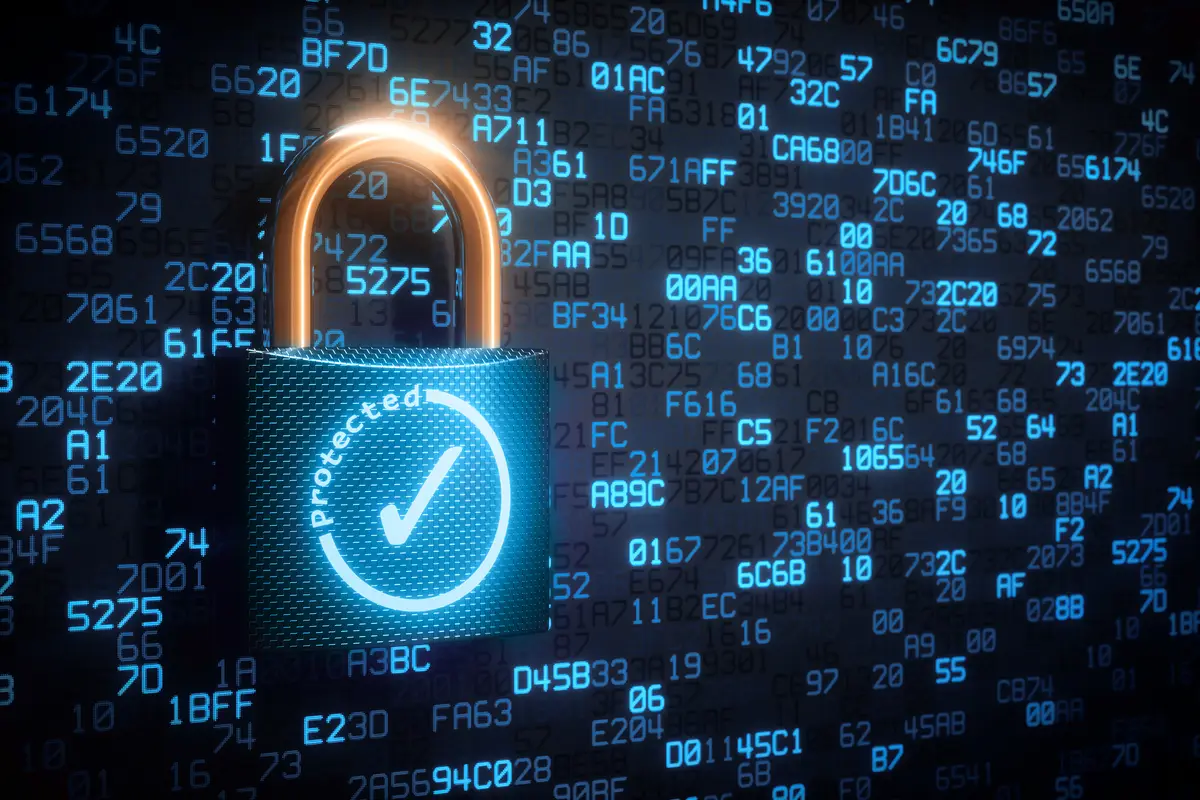Home › Tech › Social
Check Out These Secure Messaging Alternatives
Published on:
Secure messaging is becoming evermore important for billions of netizens perusing the internet and their smartphones all over the world. What would our world be without the ability to communicate instantly with each other? Instant messaging is possibly one of the most underestimated and undervalued technological advancements of the 21st Century. We take it for granted like we do several other things. Now, however, instant messaging has taken a different route, now pushed into a corner because of security and privacy woes that the Big Tech industry is experiencing. The truth is, the past few years have seen landmark changes in how people view dominant tech companies like Meta (ex-Facebook), Google, WhatsApp, Instagram, and all the rest. The trust is no longer there because several high-profile scandals and whistleblowing incidents have changed that. What can be gathered (and what is fully evident) is that the safety and privacy of user data are not a priority for the world’s largest instant messaging and social media providers.
As a result, the billions of people that use instant messaging every day (every minute, more likely) are starting to detour from the mainstream and are looking for more trusted alter-natives. Due to this, smaller companies that are properly encrypted messaging services are becoming all the rage. What is encryption, though, and why is it essential for messaging? Well, there is a lot to say on that subject. We will also cover why mainstream messaging has become sub-par these days. Finally, we will take a gander at the top secure messaging services out there, with which you, your friends, and your family can safely delete your mainstream apps and switch to a much more secure and private -environment.
What is Instant Messaging?

Instant messaging (also known as IM or DM), or real-time messaging, has not been around for very long because it requires an entire high-speed infrastructure to function. It also requires devices to be able to harness the UI. Remember, the first smartphones were extremely slow. Continuing, before instant messaging, there was standard SMS messaging that had nothing to do with the internet. Messages were sent from device to device by paying a fee to the mobile service provider. It was slow, unreliable at times, and sometimes very expensive, the polar opposite of instant messaging of today. Later, the ability to send and receive emails reduced SMS consumption, predominantly because this was a safe, stable, and free way to communicate. Then came the 90s and 2000s, where' we saw the birth of the first instant messaging services like ICQ, mIRC (1995), AOL Instant Messenger, Yahoo Messenger, Windows Live Messenger, and more. These were popular ones on the desktop computers of the early 2000s (there were no laptops back then). As smartphones became more and more popular and internet speeds got up to DSL and cable, we saw Blackberry’s BBM, Apple’s iChat, and others arrive at the scene. In the 2010s, we saw the arrival of Facebook, Skype, and social media come into the picture. Mainstream phone manufacturers like Apple began introducing their IM services like iMessage. Of course, the world’s most popular instant messaging software WhatsApp was also born at the cusp of the 2010s.
Today, with the help of a simple internet connection (without wires) we take for granted the ability to instantly send messages to someone anywhere' in the world without delay. Not only that, but we can transfer large files the same way too, and even video or audio chat via these services with ease.
What is Encryption?

Electronic data encryption (cryptography) has existed as a concept for over half a century. However, the software level of encryption has only been around since Encryption is not something that people think about. It is the backbone of the security aspect of data transmission. Around 1990, Phil Zimmerman (one of the fathers of digital encryption) came up with a technology known as PGP, or “Pretty Good Privacy.” We could call this one of the first attempts at E2EE or End-to-End Encryption. It wasn’t until the AES (Advanced Encryption Standard) was established in
What are the Best Secure Messaging Alternatives?

Today, most of the industry has transitioned to a full A to B encrypted data transmission protocol, that is E2EE. This is both because large companies want to avoid data privacy scandals as well as security issues like hacks. E2EE truly enciphers the entire conversation between two people, as well as the content they share. One-way encryption cannot do that. Third parties cannot snoop on a proper E2EE system, and neither can the companies that offer the services themselves – which is why not everyone has made the switch. Moreover, it is difficult to trust companies such as Google or Meta, known to harvest and misuse the data of billions of people (which is why they were called to court) even if they say that Facebook or WhatsApp has an encrypted connection. Well, several smaller companies now have a large following due to their encryption standards and privacy practices. The top ones are;
- Signal
- Apple’s Messages
- Telegram
- Wickr
- Threema
- Wire
These are a few picks of the constantly growing encrypted messaging apps world. There is ample material for you to choose from here, however, we recommend that users choose an app like Signal for the moment. This is because millions have already made the switch, it’s free, it has E2EE by default, and is open source. Signal is also available across all popular platforms and is run by an NGO. Furthermore, it uses not one, but a combination of three encryption algorithms. On top of that, it does everything that WhatsApp or Viber does. At the end of the day, the demand for privacy is growing and the pressure on the industry to deliver is unprecedented. If you do make the transfer to signal, remember that you may not have access to such a huge community, until more of your contacts start using Signal, too.
Share With Your Friends